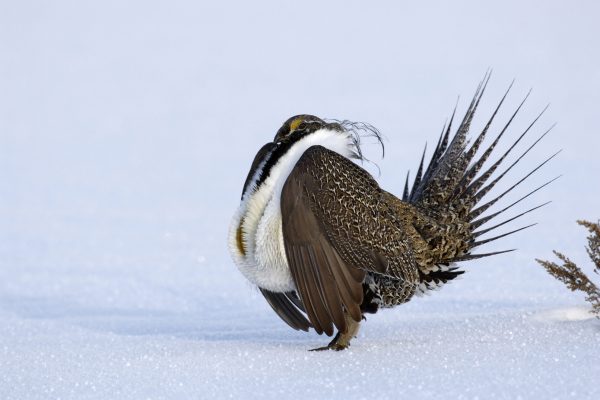Ecological Restoration
Home » Our Services » Vegetation & Reclamation » Ecological Restoration
Good land stewardship contributes to protecting facility assets from erosion, flooding, ponding, and noxious weeds, all of which can impact site accessibility and efficient and cost-effective facility operation. Facility development and operation requires a long-term commitment to managing lease-held land. Our restoration ecologists work side-by-side with client project teams to protect assets from environmental risks through a strategy that is sustainable for the life of the project.
Services:
- Vegetation Management Plans Holistically Integrating Revegetation and Weed Management
- Habitat Mitigation Plans, Selecting the Appropriate Reference Ecosystem
- Wetland Compensatory Mitigation Plans
- Mitigation Ratio Recommendations Based on Functional Assessments
- Seed Sourcing Plans
- Baseline Plant Community Mapping and Ecological Condition Assessment
- Performance Standards for Implementation Progress Evaluation
- Implementation Inspections and Annual Progress Reports
Project Highlights
Ready to connect with us? Let's work together.

